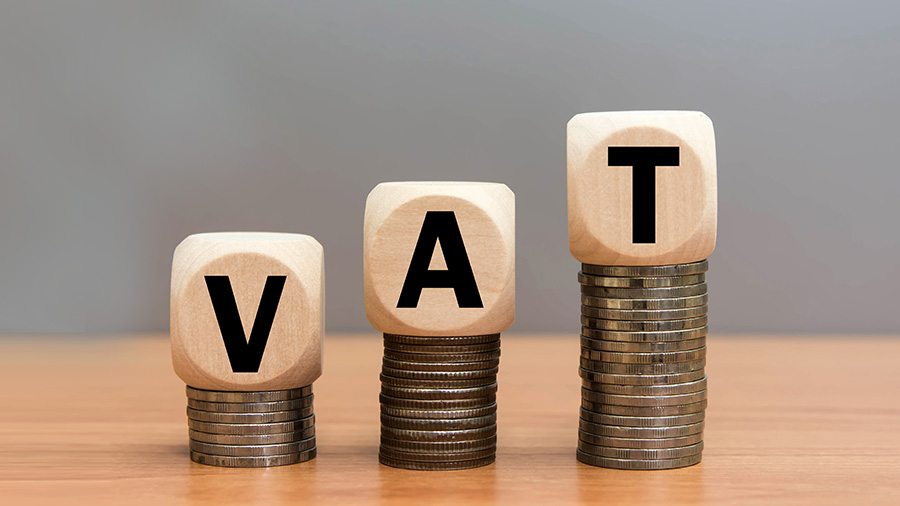Fiji collected more revenue from Value Added Tax (VAT) as a percentage of Gross Domestic Product (GDP) than the Asia and Pacific average from 2010 to 2020, stated the Asian Development Bank (ADB) in its December Pacific Monitor released last week.
The ADB stated VAT revenue declined in 2016 but subsequently remained stable until the COVID-19 pandemic.
“The primary contributors to government revenue are VAT, income tax (personal and corporate) and customs duties.
“Together, they make up more than 70 per cent of total revenue.” VAT, first introduced in Fiji in 1992 with a single rate of 10 per cent for all goods and services, now accounted for about 40 per cent of total government revenue, the ADB stated.
“From 2000 to 2015, the government removed VAT on basic food items and prescription medicines while the VAT rate for the rest was raised initially to 12.5 per cent and then to 15 per cent during this period.”
From 2016 to 2022, the government reduced the VAT rate to nine per cent.
“Starting in April 2022, a three-tiered VAT system was used where basic food items were zero-rated, 15 per cent was applied to luxury and tourism-related goods and services, and all other goods and services were charged a nine per cent rate.”
“In its FY2024 budget, the Government has reverted to a two-tiered system with the VAT rate raised to 15 per cent for most goods but kept the exemption for basic food items and prescribed medicines.”



